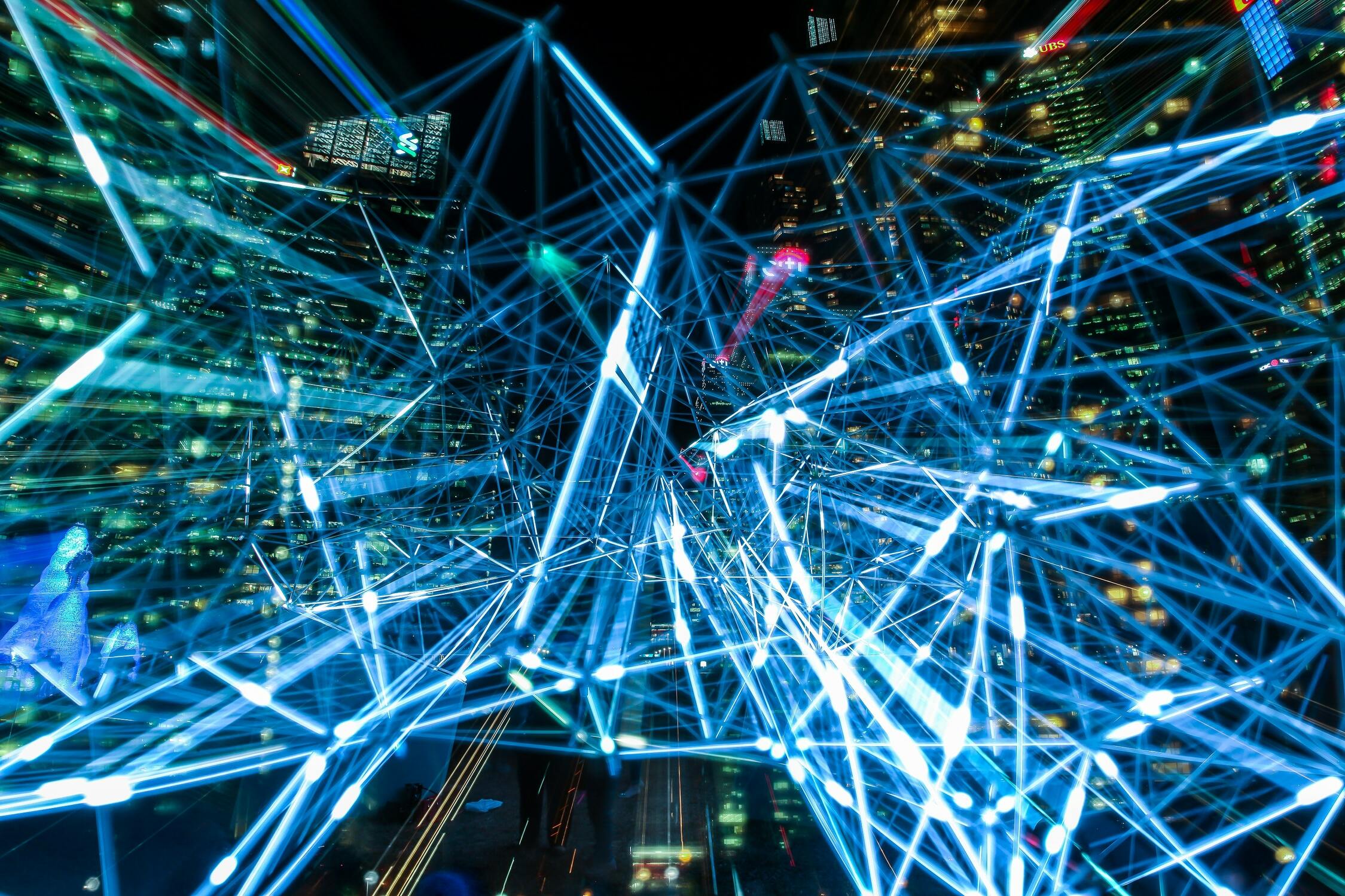Cities with vast transit infrastructure and systems can benefit from applications that harmonize the experience of their riders. Passengers of trains, buses, and cars can provide real-time information through their mobile apps to communicate delays, breakdowns, and less congested routes. This may, in turn, encourage other commuters to alter their choice of travel routes and free up future congestion. Collecting and analyzing public transit usage data can also help cities make more informed decisions when modifying public transport routes and timings, and allocate more accurate infrastructure budgets.
For drivers in a hurry, there is little more frustrating than the eternal wait for the light to turn green. For this, let us even forget the fact that ordinary networks of traffic lights can make an already bad road capacity in a city worse or directly cause it. The US Department of Transportation is well aware of this and is introducing computer-managed adaptive signal control. Relevant sources say this can save up to 10 – 50 % of drivers’ time and significant pollution reduction. The AI used by the adaptive signal network can analyze information about the current state of traffic throughout a city. The network can then distribute green lights in a way that maximizes road capacity.

Traffic lights and congestion data can be used by emergency services to get to their destinations quicker and more safely. Cities can gather data on accidents or choose other factors to measure to develop predictive and preventative measures for the future.
AI and Smart Cities have the potential to enhance the safety of power grids and improve performance management
Sensors can be placed in strategic building locations that will help to gather information on energy usage and predict consumer behavior. For example, store owners and retailers can use sensors to track the peak times that individuals enter and use the stores, as well as towards which areas the public gravitates. Through the use of AI, the data generated can help to produce consistent predictions and track daily, weekly, and seasonal differences.
Smart grids (power networks, such as generation plants, that are embedded with computer technology) can make smart meter readings of large quantities of data to assess and predict demand response and load clustering.